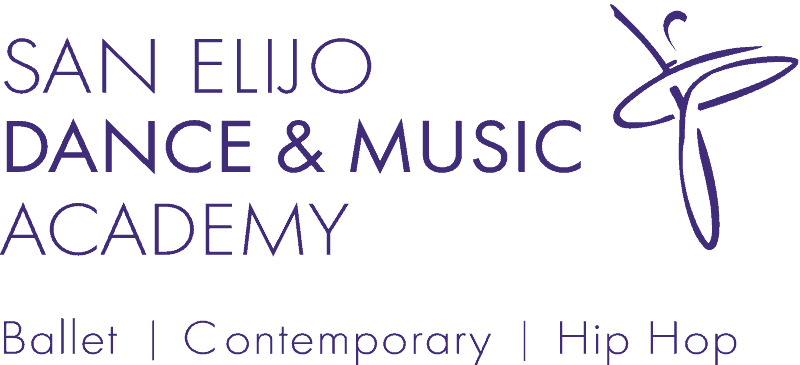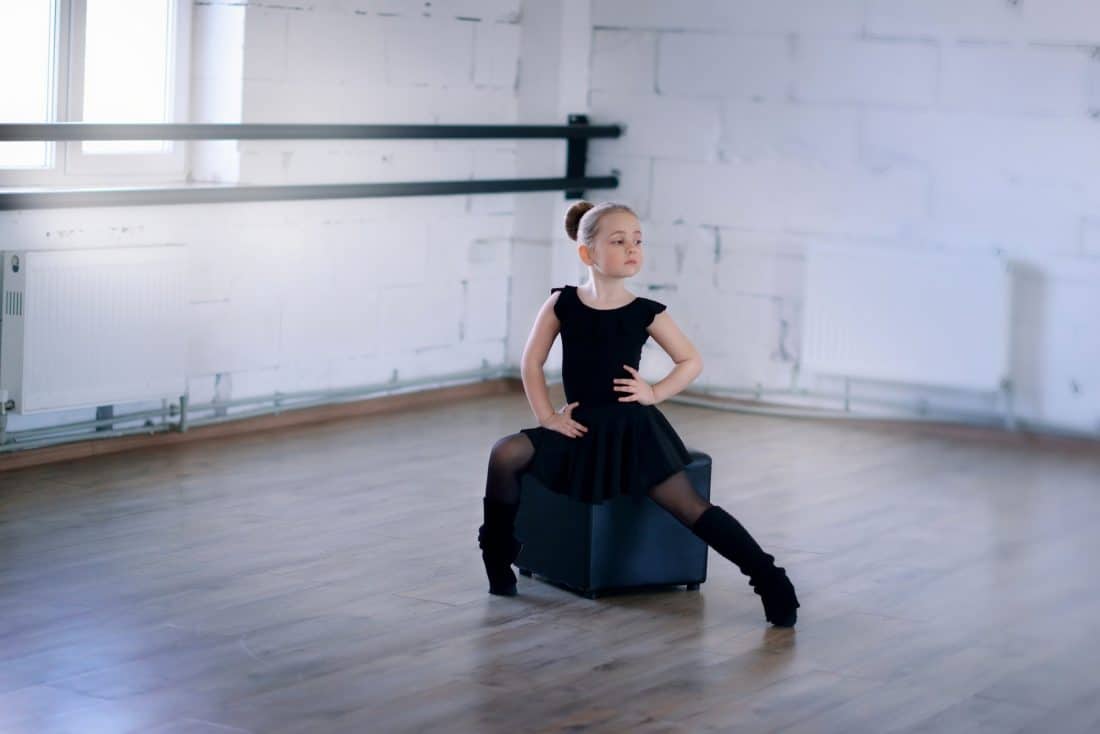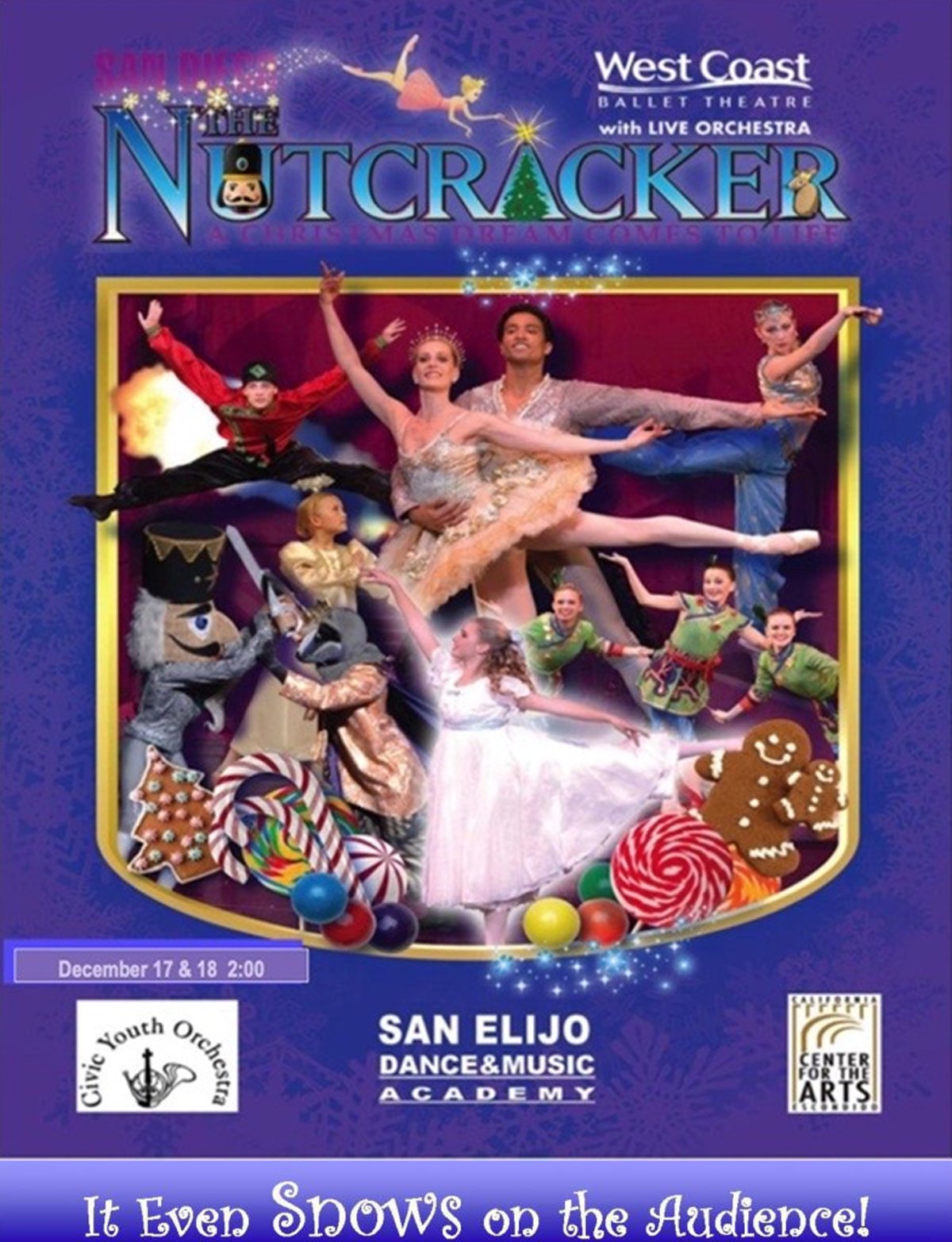Do you know how many different forms of dance exist? According to Dance Facts, there are over 42 different styles of dance.
Participation in different types of dancing offers many benefits for children. Check out these dance styles that your kids will love, and learn about the lessons that dance teaches.
Benefits of All Types of Dancing
Children learn by doing. This style of learning, kinesthetic learning, applies to individuals of all ages. Dance, for the most part, is a kinesthetic activity.
Thus, many children enjoy and thrive in the dance classroom. Dance enhances literacy development in younger children because it intertwines language and movement. Through dance, children increase their knowledge, skill, and understanding of the world.
Dance uses movement to convey stories, emotions, experiences, and fantasies. It also enhances cognition and sensory awareness. The dancer becomes aware of their entire body and how it moves in space (proprioception).
Dance promotes the development of both gross and fine motor skills. Math skills are also learned when dancing. These include counting, intervals, shapes, form, addition, subtraction, multiplication, and division.
Dancers gain increased self-awareness, poise, and confidence through class, rehearsal, and performance.
Types of Dance Styles
Finding the right style of dance is important. Everyone has different tastes and enjoy varied types of movement. The following describes 6 styles of dance that your child may enjoy.
1. Classical Ballet
Classical ballet is both a style and type of ballet. This describes the traditional type of ballet technique taught and performed for centuries.
The style focuses on dedication, discipline, and graceful, fluid movements. Long lines, correct form, technique, and turn-out of the legs is the central emphasis. The complex choreography strives to tell a story with only ballet movements.
These frameworks were first established during the nineteenth century. It’s exciting to consider that the same skills, choreography, and productions take place today. Classical ballet carries these fundamental traditions into the future.
2. Jazz
Jazz dance has historically encompassed many different dance styles. They share a common connection originating from African American rhythms and dances. Jazz can include elements of tap and ballet.
Jazz often uses a loose-limb and body style in contrast to the strong, lifted ballet form. Jazz dancers, like tappers, often dance closer to the ground. However, they perform many unique leaping and turning combinations as well.
Jazz is often found in musical theater, music videos, entertainment venues, and professional companies worldwide. If you watch dance competition shows, you will often see jazz routines.
3. Hip-hop
Hip-hop is one of the newer forms of dance. This style first began in New York City in the 1960s and 1970s. Many people with no formal dance training used their innate movement skills to create dances.
The dance form reaches ordinary people and doesn’t rely on formal training. It received inspirations from the rhythms and styles of African dancing. You will find an edge of competition and improvisation unique to this style.
Spend some time watching children at play. At some point, you will see some pop and lock dance moves.
4. Lyrical
Many dancers enjoy lyrical because it’s a middle ground between ballet and jazz. This form inspires the expression of strong emotions. Dancers and choreographers lean heavily on the feel of the music.
Movements are less precise than ballet and more focused on interpretation. Choreographers use many different styles of music to generate the desired emotion. Lyrical movements strive to bring the music’s meaning to life.
Audiences enjoy lyrical dance since they find it easy to understand. Beautiful pictures are often created. Dancers fill the stage space with leaps, turns, and unique walking movements.
Lyrical is often less physically demanding than other forms of dance. It’s a good fit for people of different body types and ages. A solid background in ballet and maybe jazz helps ease the transition into lyrical.
5. Contemporary
The term contemporary is often used in major dance cultures in the U.S. and Europe. It integrates different cultural, economic, and social tones. This form of dance has no definitive definition.
Dancers move in new and creative ways, forming interesting pictures. They may perform complex and difficult moves such as leaps and drops to the floor. Some choreographers incorporate gymnastic movements into the dance.
Some of this purposeful lack of definition stems from the modern dance form. Isadora Duncan, Martha Graham, and Alvin Ailey had a strong impact on breaking the mold. They eschewed prescriptive styles of dance and created soulful, emotional experiences.
6. Tap
Tap is traditionally performed in a non-partnered format. Using metal taps on the bottom of the shoes, the dancers create rhythmic sounds. At times, the taps create the music and thus it’s performed acapella.
This technique involves a loose upper body and slightly bent knees for most steps. The dancers stay on the ball of their feet except when the heel tap is used for emphasis. As the dancer improves, steps are done faster and often performed while turning.
Tap dancing was first introduced in the minstrel shows of the 19th century. You can also find tap as part of traditional Iris and Scottish clogging and even in African dances. Rhythm and precise sounds are the keys to this style of dance.
Are You Interested in Dance or Music Classes for Your Child?
If you and/or your child are looking for a fun, healthy activity, consider dance. As described in this article, there are many types of dancing to explore. Find the style that strikes your fancy and have a great time.
At San Elijo Dance and Music Academy, our focus is serving you and your child. Our staff is passionate, devoted, and reliable. We feel privileged to share our craft through mentoring and leading by example.
Our academy offers a fun atmosphere that challenges children to achieve their best. Proper etiquette is the foundation on which all teaching occurs. Children learn to be kind, courteous, and respectful.
These classes not only teach music and dance but valuable life skills. Contact us today to learn more about our programs.


